Healthy kids quest: Memorable meals
Grades 1 to 3 (Ontario)
Elementary cycles 1 to 2 (Quebec)
Food helps our bodies function, but it also gives us an opportunity to enjoy ourselves, as we spend time with others in our families and communities, and connect with our culture, traditions, and history. This module encourages students to discover or look deeper into their family recipes and traditions.

Share :
Memorable meals
Note: It’s best to cover the Lunchtime fun! module before starting this one.
Canada’s Food Guide emphasizes that food does more than help our bodies function. Food also gives us an opportunity to enjoy ourselves, as we spend time with others in our families and communities, and connect with our culture, traditions, and history. Doing so helps us develop a positive lifetime attitude towards eating. This module encourages students to discover or look deeper into their family recipes and traditions. In doing so they may get to know and understand a little more about their own culture and community.
Curriculum links
- Health and physical education: Healthy living
- Language: Oral communication
- Language: Writing
- Social studies
- Visual arts
Learning objective
- Understand that food not only helps our body function, but also helps us connect to our culture, traditions, families, and communities
Learning methods
- Sharing and writing about a family or community tradition or celebration
- Picking one food eaten on this occasion and sharing why it’s special
Materials
- Pictures of a dining table, backyard barbeque, and/or a campfire
- One copy of the My most memorable meal activity sheet for each student
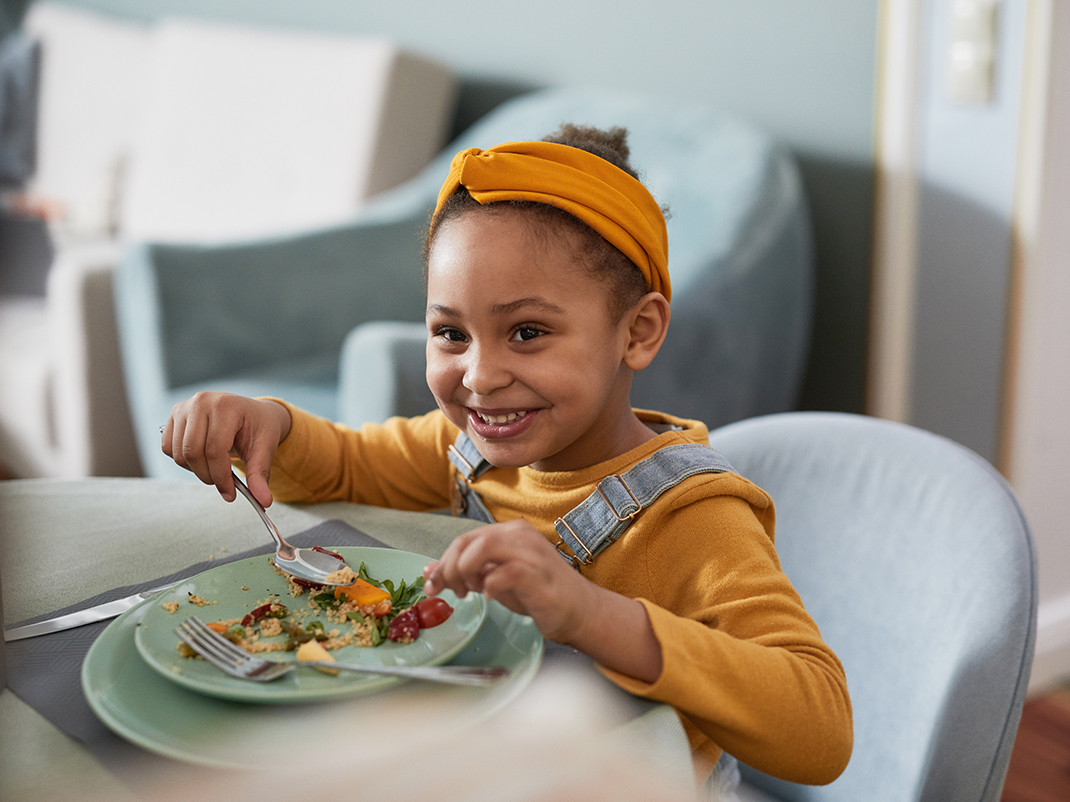
Introduction
- Start out by reminding students that a variety of foods exist throughout the world and that each food is unique: it has a different colour, shape, size, texture, and taste, and a different growing location. This in turn means that there are a vast number of different foods that are prepared all over the world. In order to live well and feel good, we should strive to eat a variety of food.
- Emphasize that food plays another important role in our lives. Show one or all of the images (dining table, backyard barbeque, and/or a campfire). Ask students how these images relate to food. Do the images bring up any memories?
- When it comes time for food, we have an opportunity to eat with others, to socialize, bond, and interact with members of our family or community, and connect with our culture, traditions, and history
- We can learn so much by eating and conversing with others
- We discover the foods that our families and friends like, and explore new foods. We spend quality time together, and share food traditions across generations and cultures
- We learn to communicate and listen to one another by exchanging stories about what happened to each of us during the day, or we listen to older relatives tell stories about family history
- Interacting with others this way over food helps and supports our mental health, and makes us feel good
- We should all try to eat our meals and snacks with others when we can
- It’s important to be free from distractions like television, phones, computers, and tablets when we eat with others. These devices are useful, but we should turn them off during meal times as they can stop us from connecting and conversing with others.
- Begin a discussion with students by asking questions such as:
- When do we eat food (every day, on special occasions, during celebrations)?
- Who do you like to eat with? Who do you usually eat with?
- What do you like to talk about when you eat with others?
- How do you feel when you’re having a meal made for a celebration?
- Does your family keep traditional recipes?
- Does your family eat certain foods on special occasions or during celebrations?
- You can have students find a partner and tell each other about an event or a meal that they enjoyed.
- Ask them to share what makes this memory special
- Give them a few minutes and, once everyone has shared something with their partner, ask for volunteers to recount to the class what their partner told them and why it was special to their partner
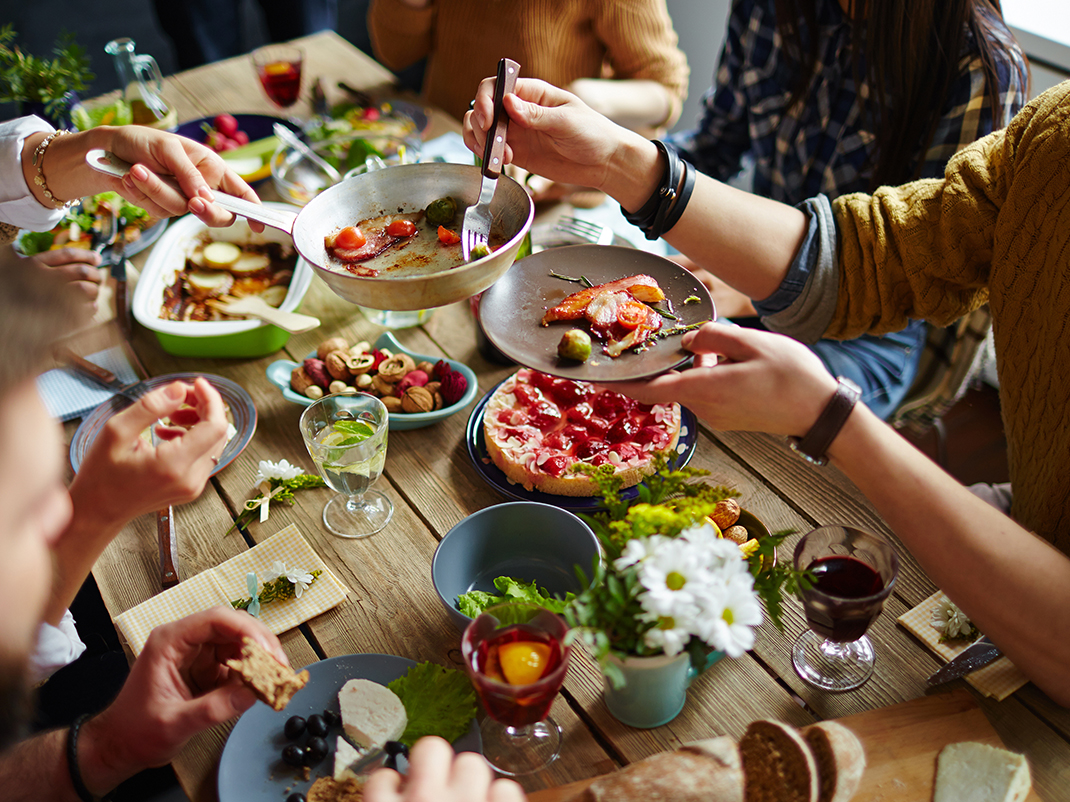
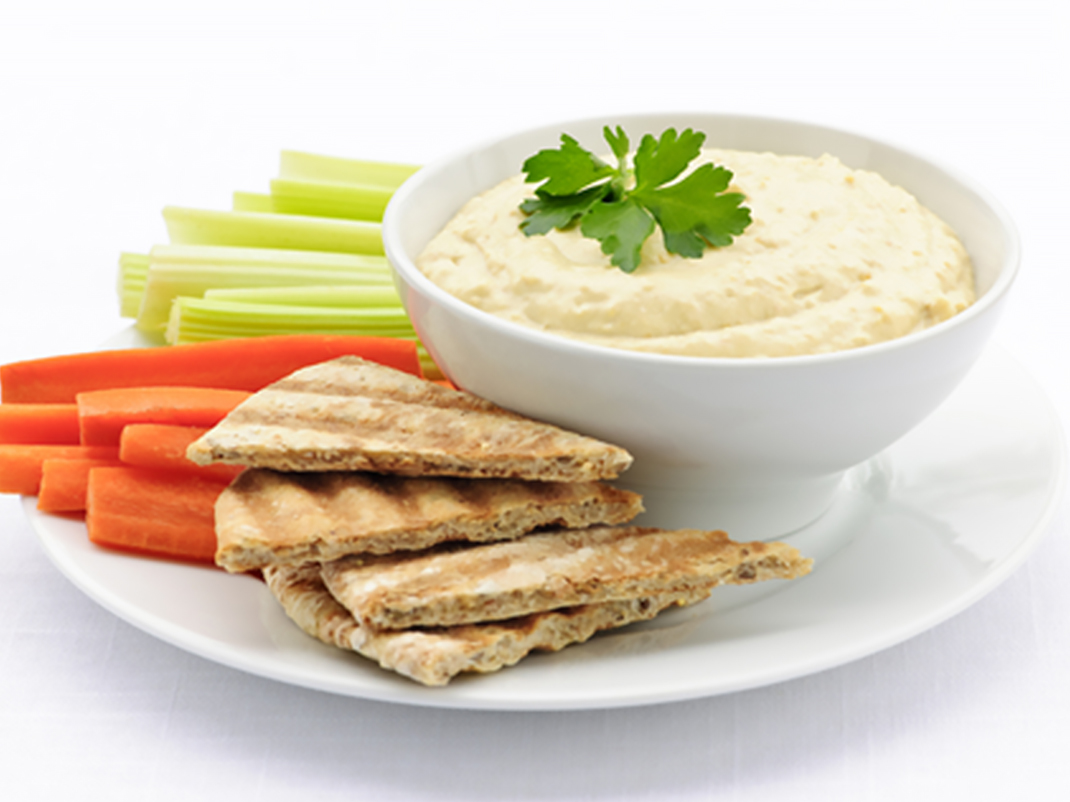
Instructions
- Now that students are thinking about the connection between food and their experiences with others, give each one a copy of the My most memorable meal handout. Explain the following instructions on how to complete the worksheet:
- Ask students to choose a memory of an event that took place around food
- It can be the memory they shared with their partner
- Their memory could be any occasion that they enjoyed and that has stuck with them: a special celebration, community barbeque, family reunion, birthday party, wedding, religious holiday, camping trip, or even a simple family dinner
- It should be a memory of any meal that they shared with others and remember as special
- Ask students to complete the handout and present it to the class.
- They may need to take it home to ask a parent or guardian some questions
- Give some time for classmates to ask questions about each student’s experience
- Students can choose to draw a picture of their memory or glue a photo from the occasion if they have one at home
- Parents may be able to email you the photo so that you can print it for the students
My most memorable meal
Please see the printable PDF at the bottom of the page.
My delicious dish
Children are more likely to eat and enjoy the foods they are familiar with, and may be willing to try new foods that their peers enjoy when they are given the opportunity. Learning about different dishes is a great way to explore foods, tastes, and cultures.
Students like to talk about and share the foods and dishes they eat frequently at home. In the following activity, students are encouraged to think about one such dish and create an advertisement to make it enticing to their classmates!
Curriculum links
- Health and physical education: Healthy living
- Language: Oral communication
- Language: Writing
- Language: Media literacy
- Visual Arts
- Social studies
Learning objectives
- Discover new foods and dishes
- Learn how to use different adjectives to describe a dish
- Learn how to communicate creatively
Learning methods
- Creating an advertisement for a favourite dish
- Presenting the advertisement to the class
Materials
- 1 paper plate for each student
- Crayons or markers
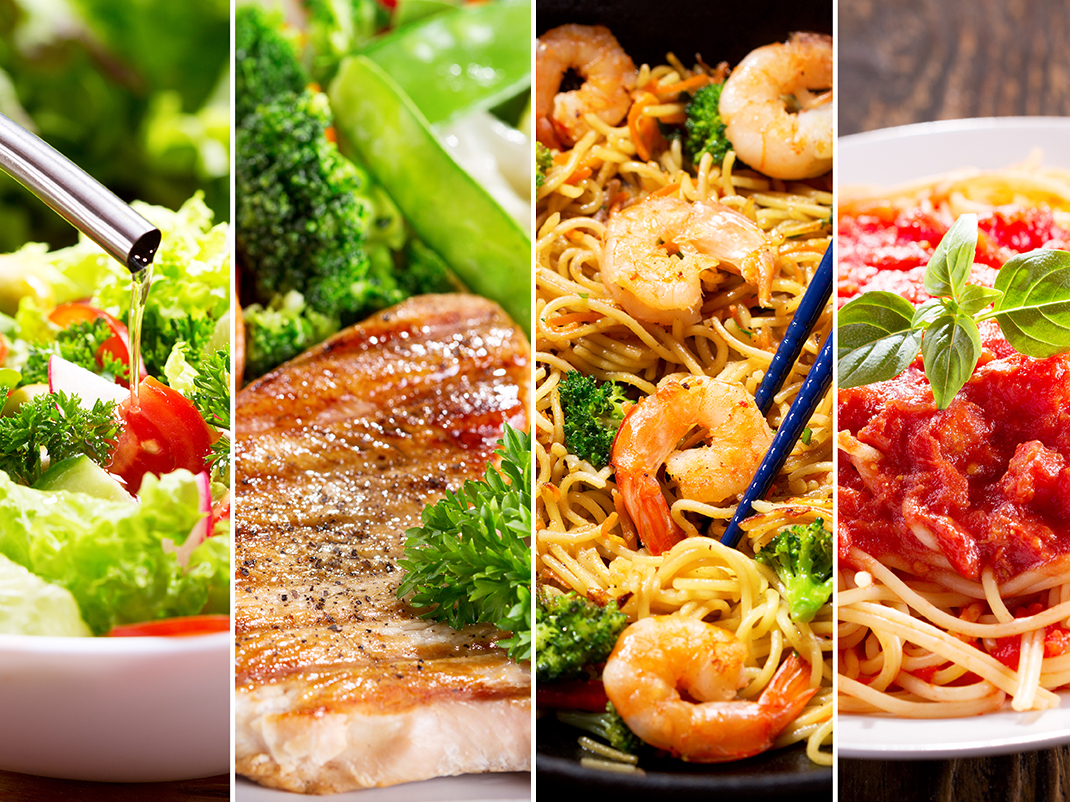

Instructions
- Have students think about a food they eat at home. It could be a dish they enjoyed during a memorable meal, a family favourite, a dish made from a traditional family recipe, or a dish that has cultural significance.
- Once they have selected a dish, hand each student a paper plate and ask them to take out their crayons, pencil crayons, or markers to decorate the plate.
- Instruct students to use the paper plate to create an advertisement for their chosen dish
- They should write the name of the dish on the paper plate, then use their creativity to make an eye-catching advertisement
- They should use words that describe the flavours, taste, and texture of the dish, and they can draw a picture of it or of the key ingredients
- Remind students that they want to make their favourite dish look inviting: encourage them to make the “advertisement” fun!
- For example, they could draw fireworks if the dish is eaten during a celebration; add words or symbols related to the occasion for the dish (e.g., “Happy Easter!” plus Easter eggs); or include a flag if the dish comes from a specific country
- Once students have completed their paper plates, they present them to the class.
- They should begin their presentation with a “sales pitch,” telling the class what makes their dish so delicious. They should mention what the dish is, when it’s usually eaten, which ingredients are key, and what led them to decorate their plate in a particular way
Cherished class recipe book
Cooking is an important skill that is practised and developed over a lifetime. While children are too young to be responsible for feeding themselves, they can still start to learn about different ways of cooking by observing adults and, when appropriate, helping out.
In this activity, students work together to compile a cookbook made from recipes they have brought from home. This gives students an opportunity to learn about different ways of preparing food and to discover new dishes.
Curriculum links
- Health and physical education: Healthy living
- Language: Oral communication
- Language: Writing
- Mathematics: Measurement
- Visual arts
- Social studies
Learning objectives
- Discover new foods and dishes
- Learn how to write a recipe (title, ingredients list, measurements, and instructions)
- Learn how to describe complex tasks in a simple manner
Learning methods
- Preparing a recipe to share with the class
- Presenting the recipe to the class
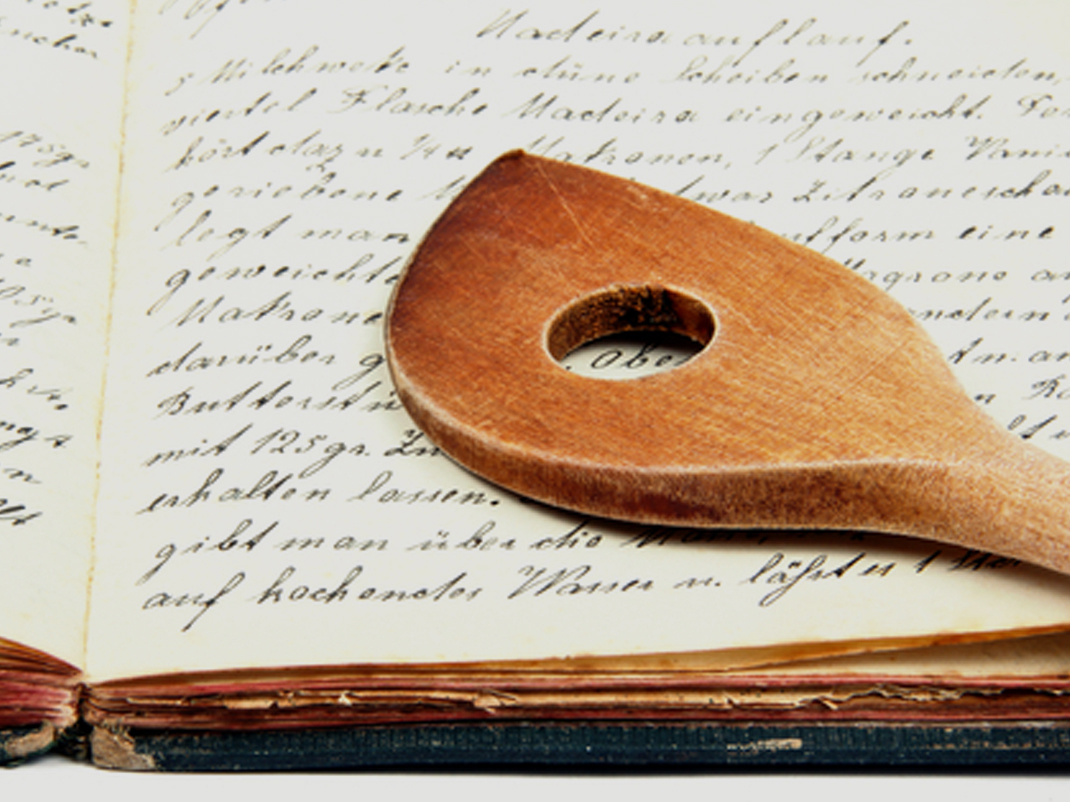
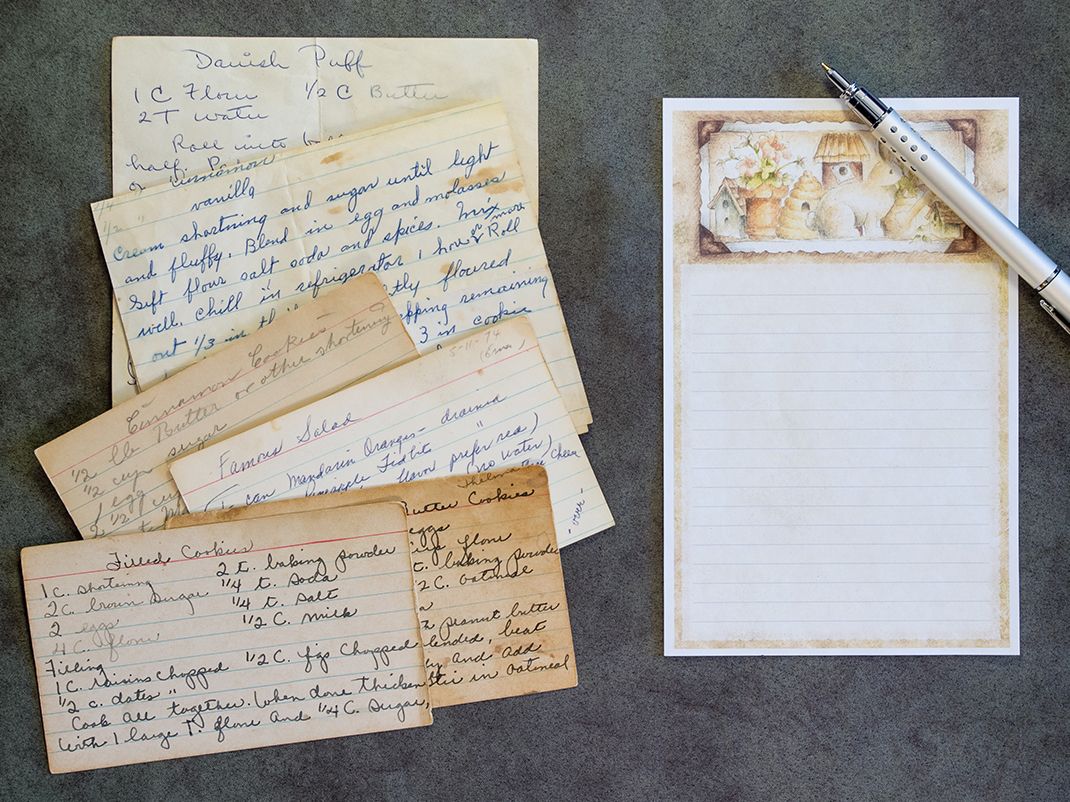
Before the activity
Before beginning this activity, send the note on the following page to parents and guardians to let them know about the project.
Materials
- White duotangs
- Markers, crayons, pencil crayons, and/or stickers
- Grocery flyers and/or food magazines (optional)
Instructions
- Explain to students that the class will be creating a cookbook made up of students’ family recipes. Each student will type up one family recipe at home with the help of their parents, and will send a copy to be printed at school. Each student will be given a copy of each recipe written by their classmates.
- Before all the recipes are sent in, students can start decorating their cookbooks.
- Give one white duotang to each student and instruct them to write their name on the front cover (bottom corner), as well as the title of the cookbook (centre)
- You may need to write the title on the board so that students can copy it
- An example would be: Special recipes of Grade X class: School year 20XX–20XX
- Give some time during class for students to draw, colour, and decorate their duotangs however they wish. They can use stickers and can cut out pictures from grocery flyers or food magazines.
- As needed, remind students of the date recipes from home are needed. Once all the students’ recipes are received, print one copy of each recipe for each student.
- Before distributing the recipes, have each student present their recipe to the class.
- They should mention why they chose to share this recipe, when they usually eat it (everyday or on special occasions), and how it is eaten (as a side dish, with utensils, with hands, as a dessert, etc.)
- Students should describe the dish using the different characteristics of food that were introduced in the Fun lunch time module, and should explain how to prepare the dish
- They can also share whether this dish comes from a specific country and whether it has cultural significance
- After each student presents their recipe, allow time for their classmates to ask them questions about their dish.
- Hand out the printed copies of the recipe after each presentation, and ask students to add them to their duotangs right away. Once they’ve collected all the recipes, they can take the completed cookbook home to share with their families.
Cherished class recipe book
Please see the printable PDF at the bottom of the page.
Printable PDFs
My most memorable meal (PDF, 187 KB)
Cherished class recipe book (PDF, 192 KB)
You may also be interested in
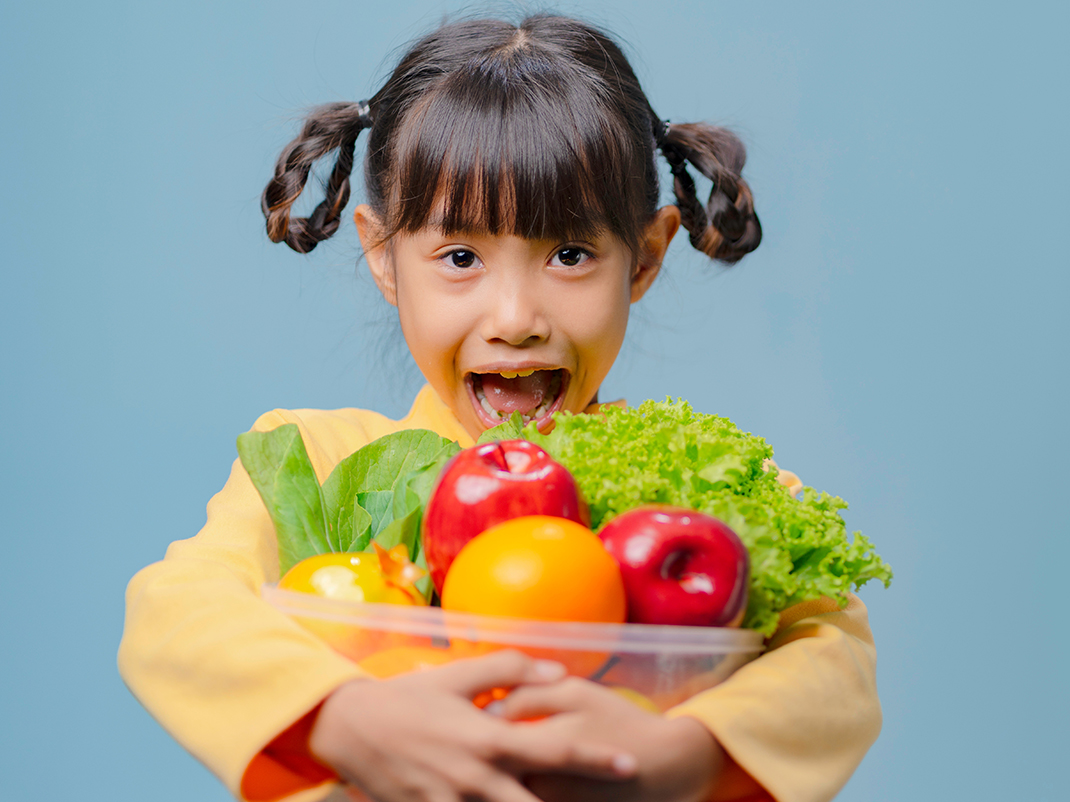
Healthy kids quest: Vegetables and fruits
Vegetables and fruits form one of three categories of foods that Canada’s Food Guide recommends we consume regularly. In this module of the Healthy kids quest, kids will learn about a wide variety of vegetables and how they help our bodies function so we can grow, learn, and play.
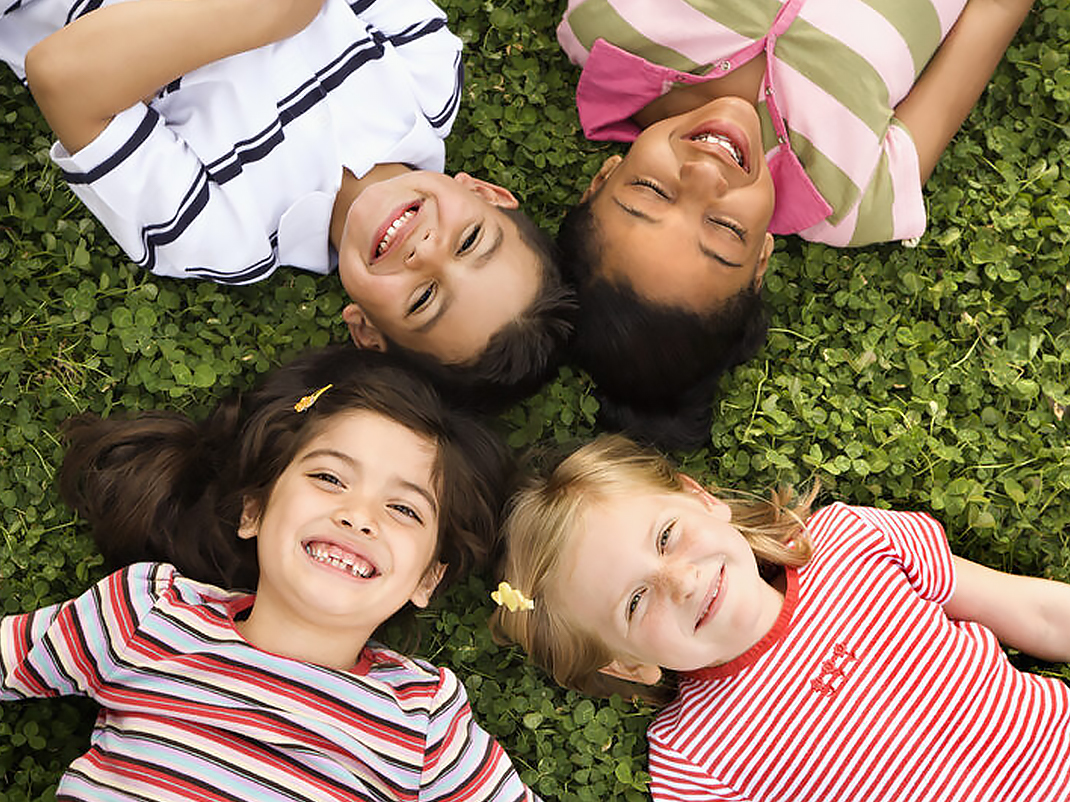
Healthy kids quest: Living well
The Healthy Kids Quest: Living Well and Healthy Pets module includes fun activities that help the students make the connection between what they need to do to take care of themselves and feeling good.
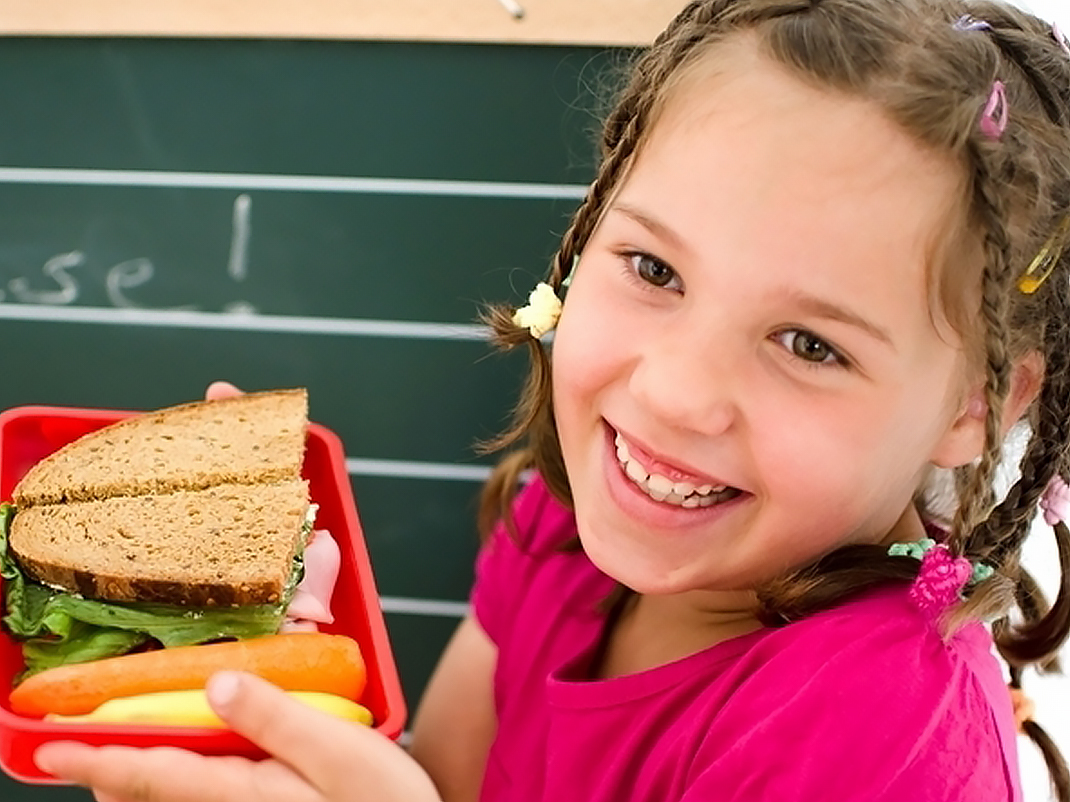
Healthy kids quest: Lunchtime fun!
The Lunchtime fun! module teaches students the importance of eating a variety of foods in order to grow, learn and play. The Canada Food Guide is introduced in the module.